When it comes to designing a website, content is often overlooked, but why? Very rarely do users browse the web looking for a good design or decent experience. Users come for the content. Not giving them what they want with poorly written content will frustrate users. Not only does it waste their time, but your time as well.
Writing for the Web: The Right Strategy
The Problem
Online content is bad. Real bad.
Generally speaking, the Internet is lacking when it comes to quality content. People are not properly taking advantage of the opportunity in front of them and commonly fall short with insufficient content.
Content is low priority.
All too often we get caught up in the design and development of a website to pay attention to the content. We understand that the website will have a blog, about page, and contact page, but that is as far as we get. From the introduction of a project content takes a low priority.
Content is last minute.
Some people do not even think about content until the day that the website is completely designed, developed, and ready to be rolled out. The wireframe, site map, and graphics are all water under the bridge by now. The only thing missing at this point is the content. All too often the content has not even been assigned or allocated to anyone at this point.
Users notice bad content.
If your copy is updated, cheerful, and friendly users will not notice. If your content is sterile and resembling a textbook, users will notice and you will hear about it. The second your product description starts to drag users will jump ship.

Make your content work.
The only way to overcome this horrid content is to make your content work harder. Before you begin any wire frames or development sit down as a whole and put together a content strategy. Initiate a strategy that will outline the metrics needed to keep your content moving forward.
Developing a Strategy
Kristina Halvorson has written an amazing book, “Content Strategy for the Web”, which goes into great detail on how to create a content strategy for the web. The following section summarizes some of her most important points. Please support her and purchase her book for more information.
Create, publish, and govern.
When putting together a content strategy it is important to understand that your strategy needs to cover not only creating and publishing the content, but governing the content as well. Once a website is live and time passes by content will become obsolete and need to be updated. This includes images and videos as well as the text itself.
Think “lifecycle” not “launch”.
Typically a website is launched everyone involved moves on to bigger and better things. We need to break the “launch” mindset and focus on the “lifecycle” of a website rather than the initial lift off. Plan to have an individual or team in charge of occasionally updating and checking the content.
Stop the separation.
Who is really in charge of creating the content? Designers and developers? The client? Marketing and research? Information architects? Truth be told, we all are in charge. Bring everyone together to work on the content strategy as a whole and the content will take life.
Stop using lorem ipsum.
Lorem ipsum will not, at all, resemble your actual content. Stop using it as a placeholder within your design or wireframe as it will be mismatched to the real content that will be delivered. While you are all together initiating a content strategy think through the content and any implications you may encounter. Know how to handle multiple levels of headings, ordered list, blockquotes, and other situations a head of time.
Answer more than just what.
If all your content does is tell what the website is about you’re missing the point. Quality content will answer the what, why, when, where, how, and who. Go over the website inside and out and cover your tracks. Make sure any possible questions a user may have are answered upfront.
Set goals.
Measuring your success can be difficult if you do not set goals. Figure out what you are looking to achieve with your website and exactly how your content can play a role in helping. Outline your goals and use them as motivation moving forward.
Determine accomplishments.
Figure out exactly what you want to accomplish with your content. Maybe it is to help sell a specific product, to build brand recognition, or to drive form conversions. Whatever you are looking to accomplish, define it now and then, work towards accomplishing it within your content. Knowing what you need to accomplish is easier than taking a stab in the dark.
Recognize risk.
Try to recognize any potential risk involved with developing content. Are you worried about being too edgy or too dull? Figure out exactly what your pressure points are and then plan on how to overcome the risk.

Outline content structure.
All websites need to have a structure to their content and this structure needs to be carried out through every single page on the site. Outline a content structure that covers your headings, body text, linking between pages, as well as your narrative, tense, and flow. Really go over your content structure and determine how you will stay consistent throughout the entire website.
Identify roadblocks.
As with every other part of the project you are bound and determined to run into a few roadblocks when creating content. Is user research going to hold you up from getting a proper start on the content? Is marketing going to come down on you when they feel that the brand is not properly being carried out? Or, is legal going to tell you to completely scrap entire sections of the content? Identify what roadblocks you may encounter and figure out how you will move around them.
Determine overall messaging.
When putting together the content strategy this is the best time to determine the overall messaging of the website. This is a hard question to tackle so getting a head start on it now makes all the difference. Put together some recommendations for the overall messaging and tone of the website and how it should be conveyed. Chances are you will not completely iron out the messaging and that is fine, but getting a head start is crucial.
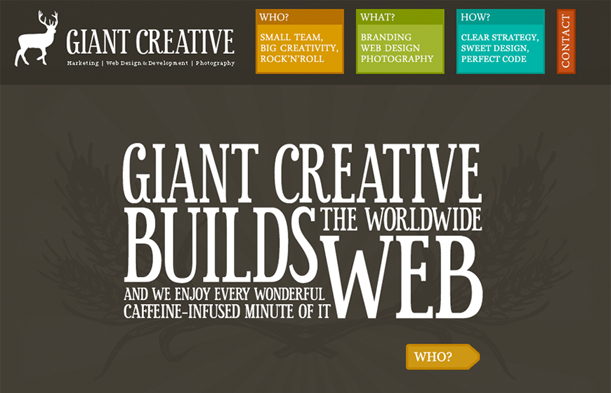
Assign launch priorities.
Since the website will be a work in progress and you plan to continually make updates to the content, figure out where you want the content to be at launch. A lot of projects are time sensitive and getting off the ground is very important. Decide what needs to be completed before launch and what can be incorporated after launch. Do not, I repeat, do not launch a website for the sake of getting it live with the mindset that you will review the content later. This happens all too common and the content is never defined after launch.
Decide content hierarchy.
Now is also the time to decide your content hierarchy, meaning in what order do you want to present your messaging to users. Put your most important messaging first then move users back within the site for more information if they wish. Throwing all the content you can at users all at once will not work. Decide in what order you wish to present the content to the users.
Prepare sub page recommendations.
A content strategy should include recommendations for the home page all the way down to sub pages. Outline if some sub pages will receive specific templates to better convey messaging. Also determine how the sub pages will carry out the top level messaging, stay consistent from one page to another, and how they will all link and interlace.
In general, your strategy needs to provide all information needed to make any decisions when producing and creating the content. While developing the strategy you need to reach out to all of those whom may have some input. Gathering their input now, rather than later, will hopefully help prevent any roadblocks from occurring later on. Furthermore, use this time to set guidelines on to how the content will be maintained and updated moving forward.
Writing Quality Content
There are many different factors that all play into writing quality content. Many of which I addressed in my article “Writing User Friendly Content”, including:
- Give users a summary.
- Get to the point quickly.
- Use small sentences.
- Limit one thought per paragraph.
- Use bullet points.
- Use sub headings.
- Do not over use exclamations!!!
- Drive emphasis with repetition.
- Drop unnecessary adjectives.
- Use details, be specific.
- Use hyperlinks.
- Use a personal tone.
- Be unique.
- Escape content overload.
These are just to name a few. Please refer to the article for further details and complete explanations. In addition to these points I would also like to add:
Forget the sales pitch.
Online users are used to the typical sales pitch and can spot it from a mile away. It is commonly tasteless and users hate it. Instead, present them the facts in a friendly manner and let users decide for themselves.
Keep content understandable.
Having clear and understandable content is easier said than done. What may be understandable to you may not be to someone else. If a user struggles to find what they are looking for or to understand any of the content they will pounce on the back button like no tomorrow.
Communicate conversationally.
Communicate conversationally with a more casual tone and voice to allow for a friendlier and easier reading experience. Users will be extremely happy with content they can understand and you can rest assured you avoided them any frustration.

Do not brag.
No one likes a showoff and the same goes online. Do not brag or boast about how popular you are or how well you did last year. You must earn your users trust and any pompous language will not sit well.
Avoid industry slang.
I could ramble all day about front-end and back-end development along with different content management systems, but would my audience understand me? No. Speak in terms that everyone will understand.
Bringing Content to Life
Apply your hierarchy.
Take the hierarchy you decided on within your strategy and apply it using different headings, text sizes, and typefaces. As before, put your most important messaging first and show users where to begin. From there guide them through the rest of the website.
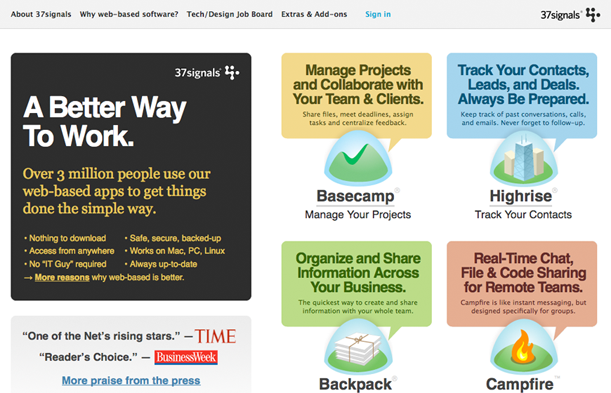
Make content able to be scanned.
One of the most important things to take into consideration when creating and stylizing your content is to make sure that it can be scanned. Users do not read content online, they scan it. Make sure you break up your text using multiple headlines, bullet points, short paragraphs, and descriptive links.
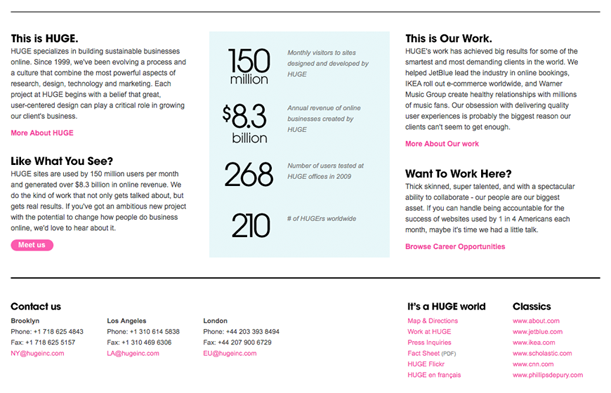
Stylize your text.
Make use of common text styling elements like bold, italics, shadows, and so forth as they help to bring life to your content. A little bit of an added touch can go a long way so be sure not to overdo it. Too much style and your content can start to look gaudy.
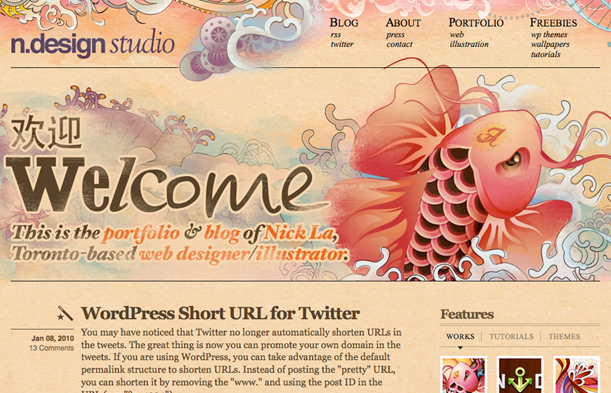
Play with different fonts.
Online we are commonly limited to a specific number of web friendly fonts. However with the improvements of @font-face and services like Typekit the number of fonts is quickly growing. Use different fonts to help deliver your content in a more aesthetic manner. As with adding stylization to your text, be sure to pick a font that will compliment your design.
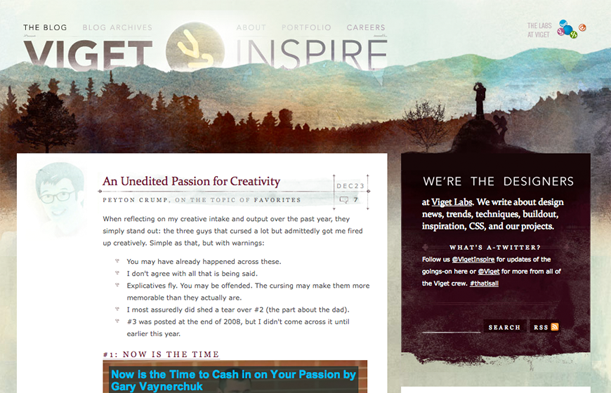
Use contrasting colors.
Using black text on a black background probably is not a good idea. Pick colors that fit well with your layout and design. A bright contrasting color has the ability to really draw a user’s attention. Use colors within your content to your advantage.
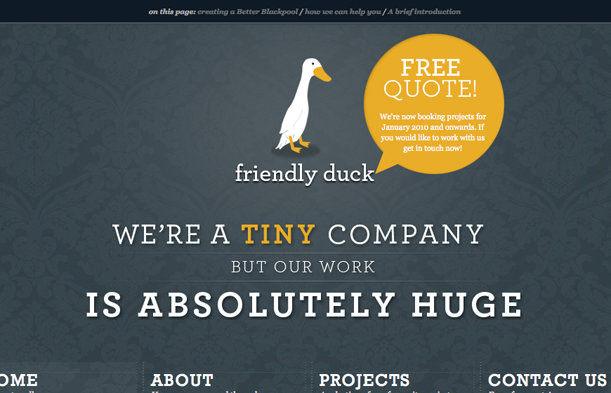
Apply clean rags.
Each line of unjustified text should be as close as possible to the same length as the other lines above and below it. Any large spaces at the end of a line will create a large gap that is hard to follow when reading. Further more, having text hanging out on the end of a section of text within the last line creates an unpleasing arrangement and is often over looked.
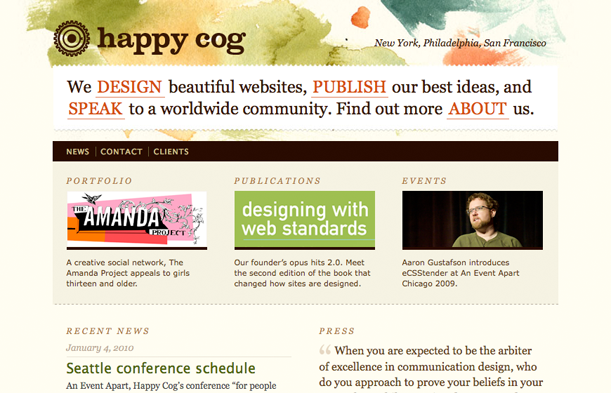
Exercise white space.
A fair amount of white space in a design allows the content to breathe and makes it easier for users to read and follow. White space can also be used to build a grid within your layout and design. Which, in return, may help your content establish a rhythm for easier reading.
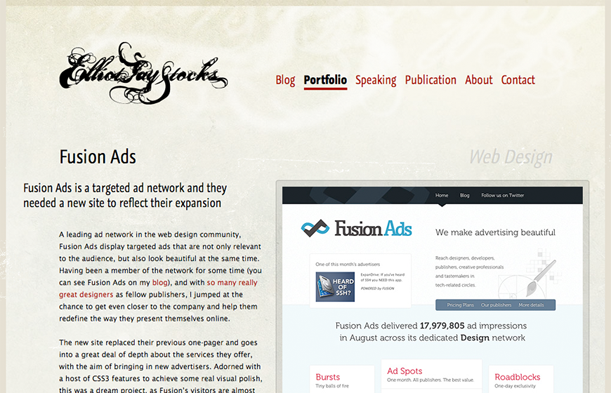
Make graphics and text coincide.
Excellent text and a strong graphic can communicate a powerful message, a message that has the ability to leave a lasting impact on users. Use graphics that work well with your text. Simply adding graphics to a page for no apparent purpose is distracting and aggravating for users.

Take advantage of CSS.
Cascading style sheets give you the potential to not only add outstanding effects to your text, but to also set a content standard for text across an entire website. Setting standards in CSS ensures the consistency of your typography across an entire website.
You Need Excellent Content
Developing a strategy, writing quality content, and bringing that content to life take a tremendous amount of energy. The majority of companies do not have the resources, let alone the time and effort needed to develop great web content. Quality content requires a detailed procedure and hard work which will end up being worth it.
Having a content strategy along with quality content in place allows for a strong user’s experience, better brand regularity, up to date working efficiency, improved risk management, more powerful search engine optimization, and more advantageous personality and targeting.
Stop acting like content is secondary nature, of which can be touched up at a later date. Start your projects with creating quality content and start today!
Very special thanks to Kristina Halvorson on her amazing contributions to educating the importance of web content. Please visit her at Brain Traffic or purchase her book “Content Strategy for the Web”.
Are you a manager? Looking to actively engage with your employees?
Let Lead Honestly help get the conversation started by sending you five questions to ask your employees 1-on-1 every week.
Be a Better Leader